what is "STEM"
STEM
STEM Education in our preschool introduces young children to Science, Technology, Engineering, and Mathematics through hands-on, exploratory activities tailored to their developmental stage.
Our STEM program is rooted in research and is one of a kind that focuses on building early STEM awareness and interest. The focus is on fostering curiosity, critical thinking, and problem-solving skills. Preschoolers engage in age-appropriate experiments, building projects, and simple technological experiences, laying the groundwork for a future understanding of STEM concepts. The goal is not only to impart early exposure to these disciplines but also to instill a positive attitude toward learning and an inherent interest in the fundamental principles that form the basis of STEM education.
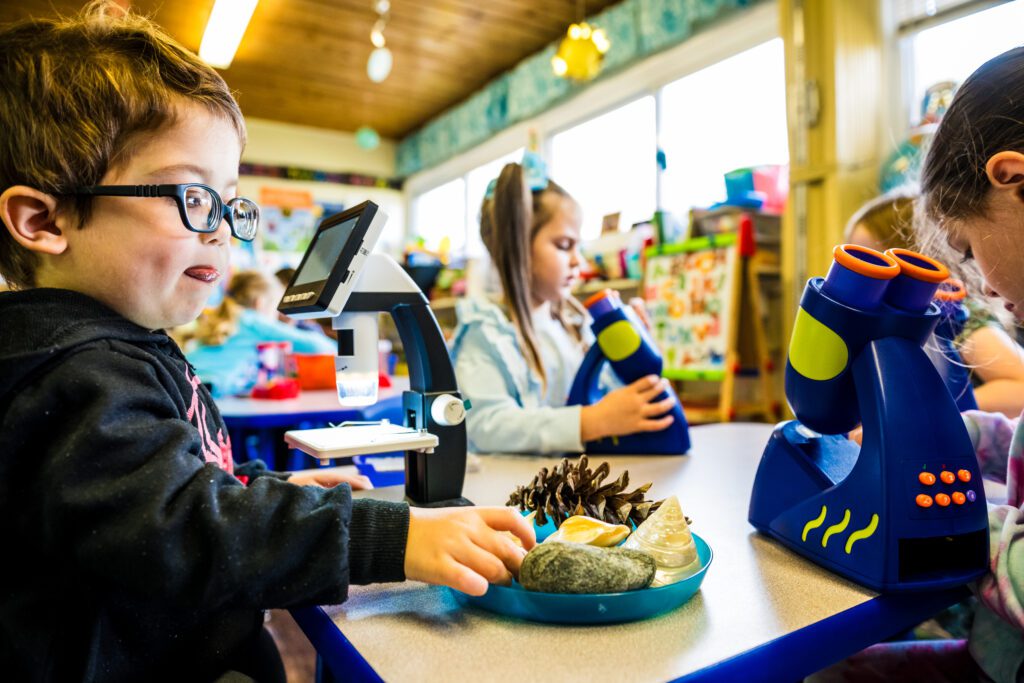

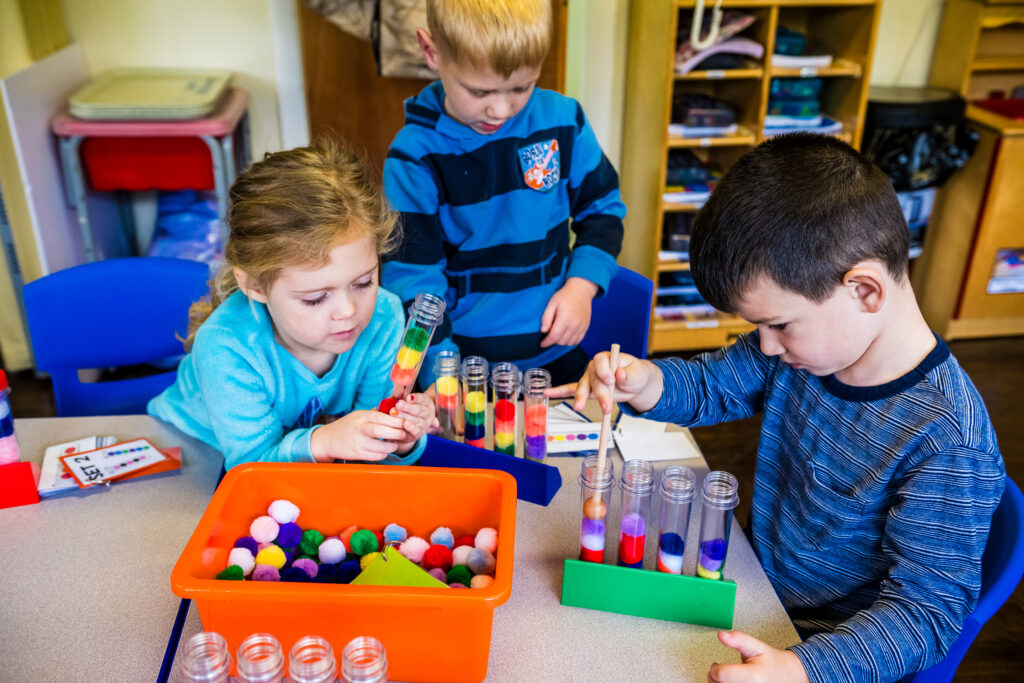
why STEM?
Recent research underlines the importance of early STEM skills and knowledge for children, as well as the value of supporting educators in early STEM teaching. What young children learn about math and science by the time they enter kindergarten has been shown to have an impact on children’s long-term academic outcomes (Lange, 2019).
benefits of STEM
STEM encourages a hands-on approach to real-life problem-solving and fosters a child’s natural curiosity as they are trying to make sense of their world. Lessons learned and opinions formed in early childhood are often carried through a lifetime. STEM in early childhood education aims to make learning easier (Miller, 2021).

Preschool Children's' Readiness for STEM
There are many studies that display the benefits of STEM education. At IE, children get the opportunity to tap into their natural curiosity, and this gives them enough opportunity to be actively involved in their own learning. They will also explore, solve problems, and develop their curious minds. Research indicates that the best practice in early childhood education is to break away from passive instruction and allow for more play and investigation. Being exposed to this kind of learning early in life builds skills and interests that serve children throughout their school years and later in life. Lilian G. Katz, in STEM in the Early Years, lays out a case that the best practice for early education is to allow students to be active, engaged, and take initiative in their own learning. Long-term research also indicates that being allowed opportunities to take initiative in your own learning is not only good for STEM learning but for overall long-term academic success (Sneideman, 2013). At Innovation & Exploration, STEM is our core focus, but we will also cover all the areas of development so young children can get the best experience. To learn more about young children’s readiness and the importance of STEM at an early age, check out the article below.
https://www.unlv.edu/news/article/issues-why-stem-education-must-begin-early-childhood-education
References
Joshua, M. S. (2013, December ). Engaging children in STEM education early!
Katz, L. (2010). STEM in the Early Years. Early Childhood Research & Practice , 17 (1).
IE STEM approach through implementing an exclusive curriculum.
At IE, we ensure that each child gets the best learning experience. Along with our STEM curriculum, we also use a creative curriculum throughout our center to help enhance learning in other areas of development.
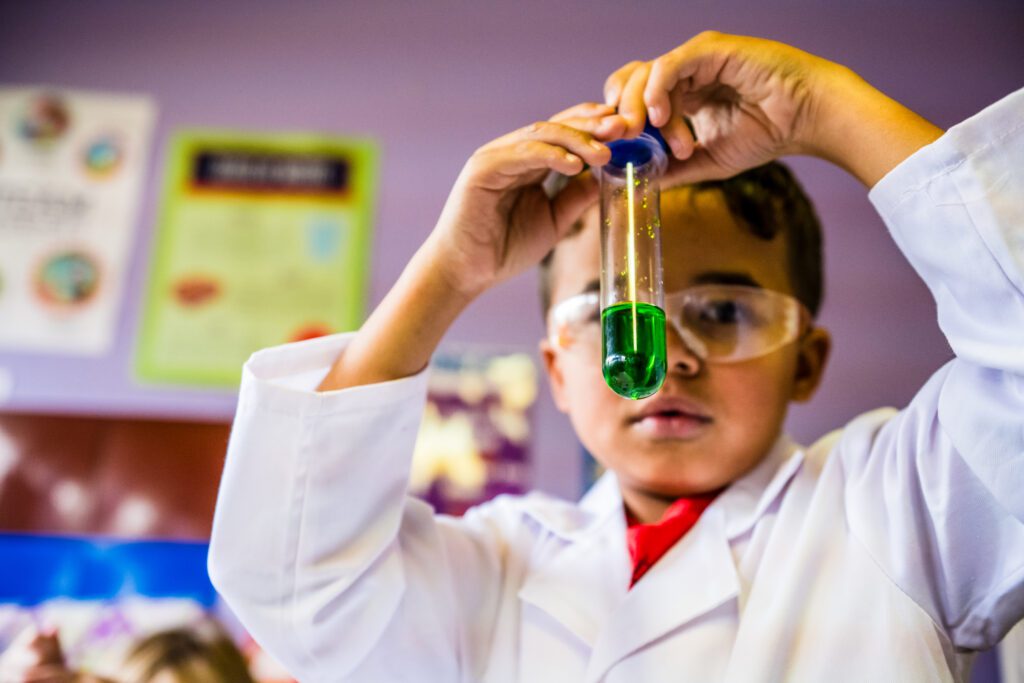
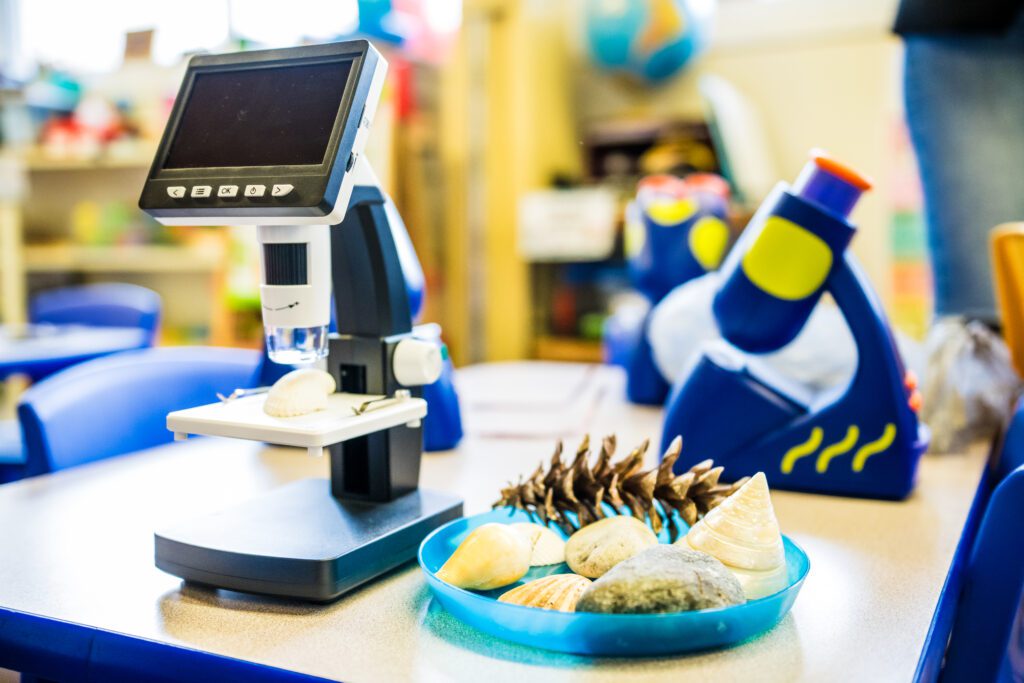
The Creative Curriculum is a comprehensive and research-based curriculum that allows exploration and discovery. It also includes developmentally appropriate goals and objectives for children within four main categories of interest: social/emotional, physical, cognitive, and language. Along with that, we also provide fun, hands-on activities that allow children to learn through experience, develop creativity, and explore their environment using their senses and imagination.
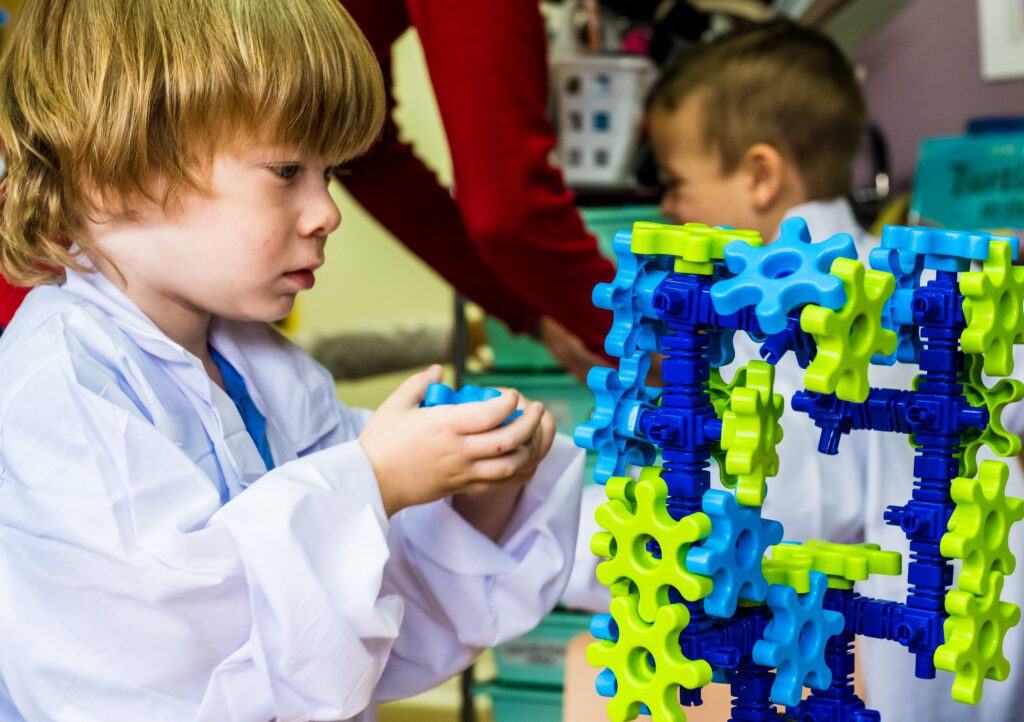
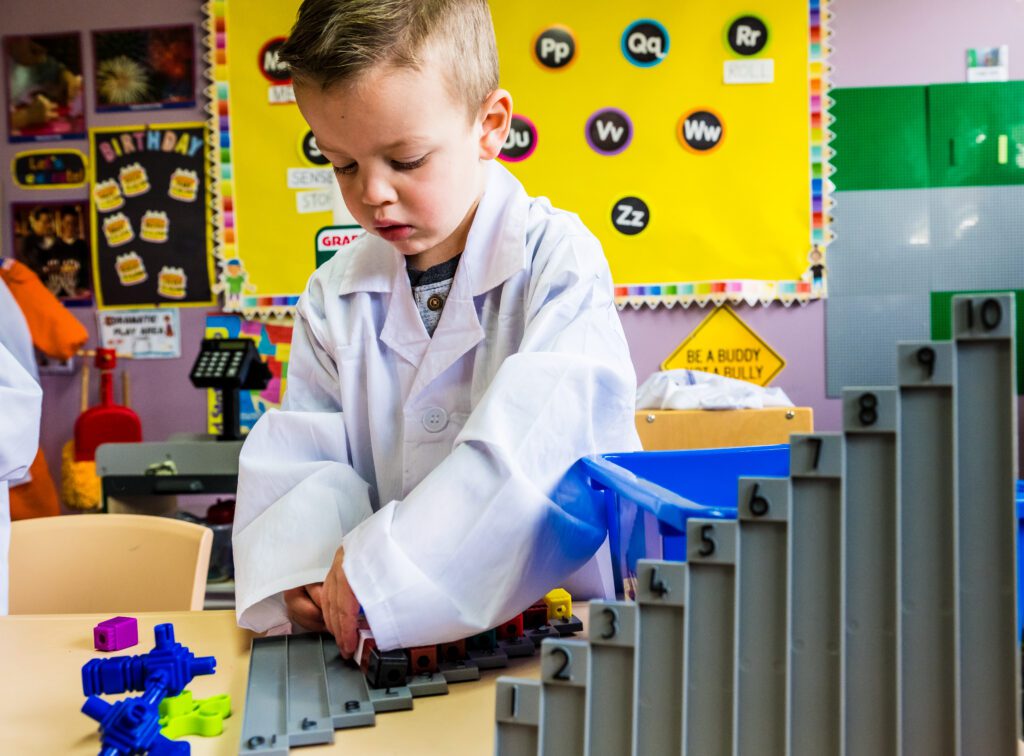
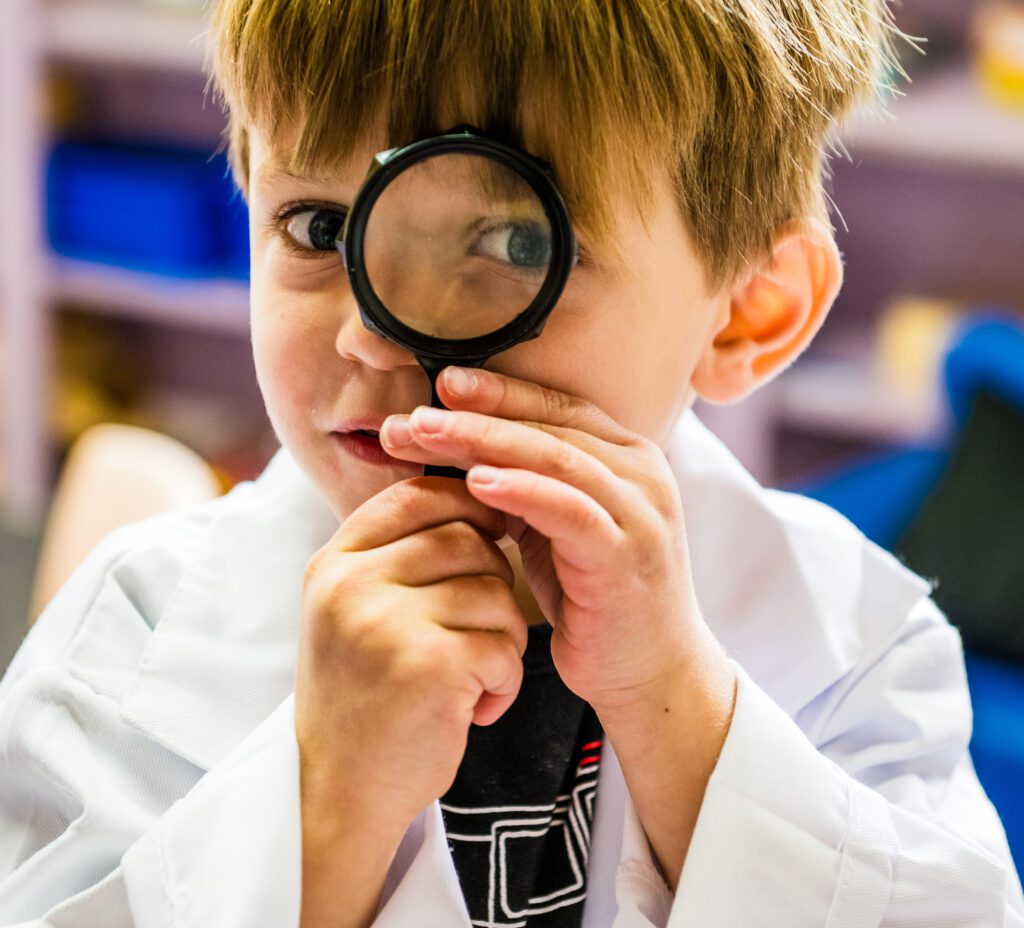
Our curriculum, lessons, and classroom setup are by the PA Standards for Early Childhood Education and the Pennsylvania Common Core Standards in English Language, Arts, and Mathematics for our Pre-K classrooms.

Pennsylvania’s Learning Standards for Early Childhood are research-based according to age and development and form the foundation for curriculum, assessment, instruction, and intervention within early care and education programs.
Learning Standards for Early Childhood are used to:
• Inform professionals about curriculum and assessment
• Guide the selection of instructional materials and the design of interactions/goal setting
• Inform families of appropriate expectations for children
• Provide a common framework for community-based birth–grade 3 alignment work
Approach through play and exploring
AL.1 Constructing and Gathering Knowledge
AL.2 Organizing and Understanding Information
AL.3 Applying Knowledge.
AL. 4 Learning through Experience
The practices describe behaviors that scientists engage in as they investigate and build models and theories about the natural world, as well as the key set of engineering practices that engineers use as they design and build models and systems. The NRC uses the term practices instead of a term like “skills” to emphasize that engaging in scientific investigation requires not only skill but also knowledge that is specific to each practice. Part of the NRC’s intent is to better explain and extend what is meant by “inquiry” in science and the range of cognitive, social, and physical practices that it requires.
Target Science and/ or Engineering Practice
- Asking questions (for science) and defining problems (for engineering guiding)
- questions could include
- Developing and using models
- Planning and carrying out investigations data
- Using mathematics and computational thinking
- Constructing explanations (for science) and designing solutions (for engineering)
- Engaging in argument from evidence
- Obtaining, evaluating, and communicating information
